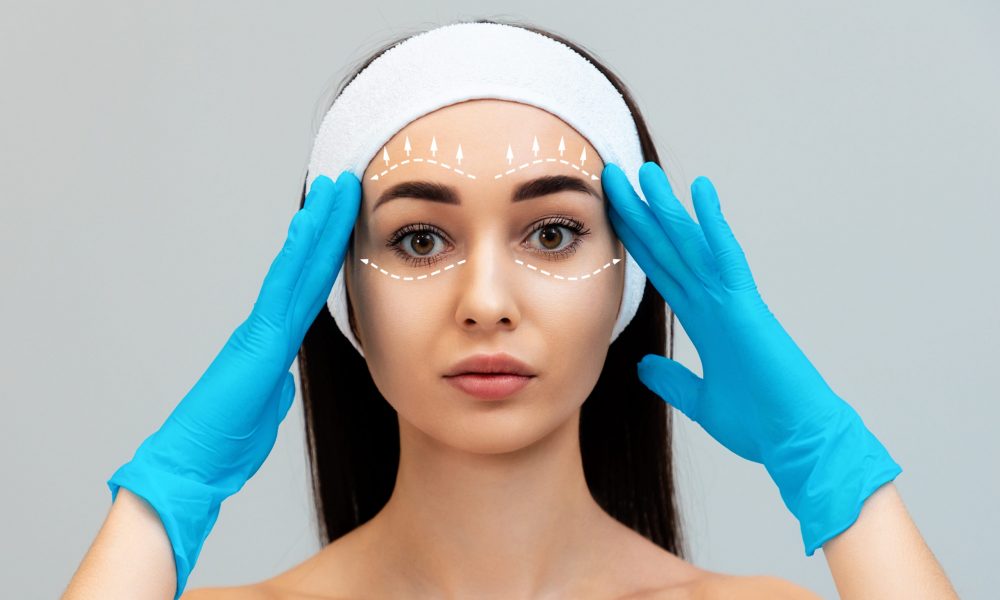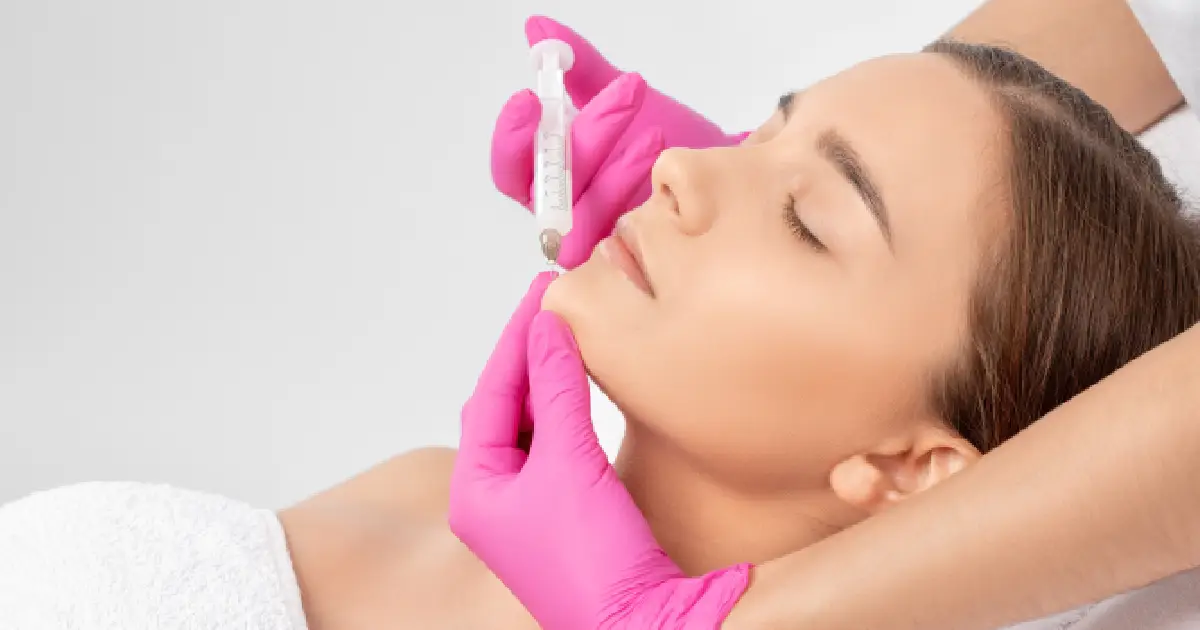Nobody can avoid the three universal indications of aging: sagging, dull, and wrinkled skin. But thanks to developments in medical technology, the cosmetics sector has discovered ways to support skin restoration and mitigate the effects of aging on our skin. PDO threads are one of these improvements.
What is a PDO thread lift, and how revolutionary is it? This post discusses the wonders of PDO threads and their drawbacks.
What are PDO Threads?
A PDO thread lift raises drooping skin using a biodegradable suture or thread. Polydioxanone, often known as PDO in medicine, is a synthetic but absorbable substance that the body can consume without any adverse allergic reactions or significant difficulties.
PDO sutures are used in the medical aesthetics sector to elevate and anchor drooping skin, giving the appearance of tightness. A PDO thread lift also supports neovascularization and collagen synthesis, which improve skin smoothness, minimize fine lines and wrinkles, and make the skin more elastic.
In other words, a PDO thread lift is a quick, minimally-invasive skin-lifting technique.
What Does PDO Do?
PDO threads are useful in many situations. These are some of its applications:
- Improve the look of sagging skin
- Tighten the neck skin
- Reduce mouth-area wrinkles on the face and cheeks.
- Lift lips and make them look fuller.
- Fill in the chest and neckline skin
- Remove acne scars
Anyone of any age can use PDO threads. Without surgery, a PDO thread method is a great way to get skin tightening that looks natural.
PDO threads instantly lift the skin, encourage the synthesis of collagen, start the process of neovascularization, which rejuvenates the skin at the cellular level, and tighten the skin by contracting the fat tissues. The procedure improves skin texture, minimizes fine lines and wrinkles, supplies more elastin, and firms and smooths the skin.
How Long Do PDO Results Last?
PDO threads’ long-lasting effects are one of the reasons they are helpful and convenient. Depending on how rapidly your body dissolves the biodegradable suture, most PDO thread lifts can last up to 18 months or longer. You can schedule another treatment to keep your skin taut, smooth, and youthful once the results start to fade.
What Areas Can PDO Threads Treat?
The majority of facial areas with age symptoms can be treated with a PDO thread lift. The areas most frequently treated are the jaw, cheek, neck, nose, and area surrounding the eyes.
Does PDO Thread Require Downtime or Recovery Period?
Fortunately, the minimally invasive PDO thread lift technique does not necessitate a protracted recovery period or significant downtime. However, it is strongly advised that you take a few days to recover at home after the therapy. You will give your body time to adjust to putting foreign objects into the skin while you rest.
PDO threads are far more practical than other facelifts because they don’t require as much downtime.
How Safe are PDO Threads?
Is it safe to pull on the skin while threading biodegradable polyester sutures below it? PDO thread lifts are mostly safe. The PDO thread method is shown to carry fewer dangers over time than other types of facelifts.
The PDO thread surgery is less invasive and is completed with only little cuts. There is no need to worry about difficulties or severe side effects that will result in irreversible harm as long as you work with a specialist.
However, PDO threads still carry risks.
The Dangers of PDO Threads
The PDO thread procedure has several possible hazards and adverse effects, some of which are listed below:
- Discomfort both during and following the process.
- While the skin heals from the PDO thread’s insertion, scarring may develop.
- Infection, bruising, and edema can occur during any minimally invasive cosmetic procedure. Infections happen on a sporadic basis.
- Bleeding could occur while receiving treatment.
- Following treatment, hematoma or blood clotting is possible. Drainage is necessary for hematoma treatment.
- There have been reports of allergic responses to suture materials and topical medications. They could need more medical attention to be healed.
- Delayed healing is possible if you smoke or use a straw during the healing period.
- The procedure may only partially address skin laxity. The PDO thread lift may not wholly eliminate face laxity and skin drooping.
- It is possible to sustain damage to deeper tissues like blood vessels, neurons, and muscles. The likelihood of such harm depends on the treatment site’s location and the doctor or dermatologist’s skill. Such damage could be either permanent or temporary.
Most of these adverse effects, particularly the more serious ones, are only possible results. You can avoid them in a variety of ways.
How Does the Procedure Go?
Although it varies from establishment to establishment, the process generally goes as follows:
- The medical expert will clean the treatment area.
- The expert will inject a local anesthetic under the skin.
- The medical professional will make a small incision in a predetermined, advantageous place, and a cannula will be inserted into the hole.
- The medical professional will anchor the PDO thread in place.
- The expert will remove the cannula.
- Before cutting the thread, the provider will check to ensure it is secure so it won’t protrude.
Depending on the area being treated, the PDO thread technique can be finished within an hour. Soon after the treatment is through, you are free to depart the medical spa.
How Many Treatment Sessions Do You Need?
One PDO thread procedure will yield immediate benefits. However, the indications of aging will gradually reappear after the body has had time to digest the sutures safely. The loss of elasticity and firmness won’t happen soon because PDO sutures aid in increased collagen and elastin production.
Depending on your skin’s health, we advise getting maintenance treatments every year or every two years.
Where to Have PDO Threads?
Get the advantages of PDO threads by contacting Bella Rose Aesthetics right away. Call Bella Rose Aesthetics at 317-349-3050, email info@bellaroseaesthetics.com, or send us a message on our Contact Us page to book an appointment. Our address is 116 Commerce Dr., Suite 10255, Carmel, IN 46032.





